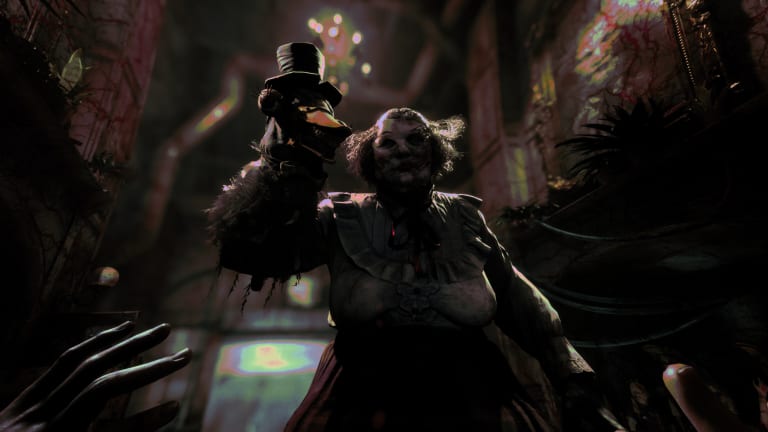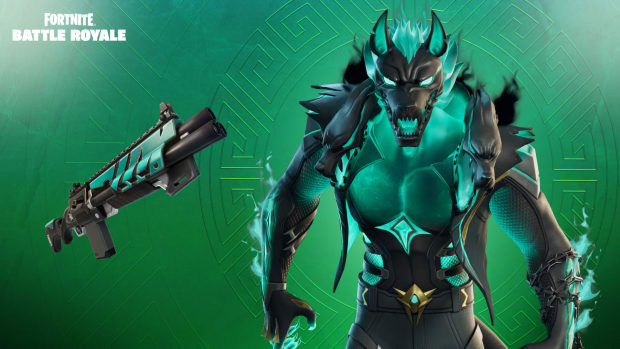
The Outlast Trials is a blast in multiplayer, but it’s not Outlast

An hour into playing the early access build of The Outlast Trials, I wrote down in my notes: “Who is this for?”
It’s a question that persisted throughout my time with the game, and it’s a question that, to some degree, remains now. The first Outlast was a tightly-directed experience, a carnival ride of horror that took the player on a journey and asked them to lean in.
Its sequel, Outlast 2, was much messier, but it retained the vibe of the first game, even if it stumbled in places. While it wasn’t the best horror game on the planet, it was earnest about its horror, honest about its vision, and wore its influences on its manacled wrists in a way that was charming if nothing else.
The Outlast Trials is a different kind of game. It’s much less directed, much more freeform, and if I’m being honest, a lot more cynical. The addition of multiplayer turns what used to be a tight, crafted experience into something that, by sheer necessity, must be a bit chaotic, and it means the single-player experience suffers too.
The Outlast Trials is broken up into missions, which is the first major departure from previous games. You don’t really play through a story, as such, just a series of missions that can be played solo or with friends, with a player-created character who doesn’t have much of a place in what little story exists.
It loses a bit of magic because of this, as there’s not much to discover that relates to your character, you’re just one of many characters in a world designed to accommodate anyone.

There are plenty of tense moments when playing single-player, but they tend to lose their shine with time
These missions are grouped together in a format called Programs, which is a group of discreet missions played back-to-back. For example, in the first Program, your first task is to kill “the Snitch.” Then you’ll have to cancel an autopsy, sabotage a lockdown, then kill the snitch two more times.
It can feel a little bit repetitive at times, but there are modifiers that spice things up, even if they don’t do much to change the missions. In some versions of the missions, there’ll be more enemies, in others there’ll be fewer hiding spots. It doesn’t stop it from feeling samey, as you’re still following the same kind of structure no matter what the modifiers are, but it can force you to change up your approach.
Single-player aside, there is an inkling of a gem here in its multiplayer mode. Where single-player feels empty, multiplayer throws the game into a state of chaos, with everyone trying (and often failing) to complete the missions.
Stealth is at the core of the single-player experience, but it gets tossed entirely out the window when other players join. Instead, the game turns into a fast-paced whack-a-mole, where you rush to complete your tasks as quickly as possible while avoiding enemies and, when your teammate inevitably fails to avoid an enemy, reviving them.
I wish I could say I employed any kind of strategy here – we could have had one player distracting enemies while others tried to complete the task – but instead it was just four people chaotically dashing through the level while screaming over voice chat. That, in the several hours I’ve spent with the game, was by far the most fun I had with it… but it wasn’t Outlast.
Instead, it felt a little like Phasmophobia, a little like Dead by Daylight, and a little like that strange Hello Neighbor spinoff, Secret Neighbor. It’s like all of those things, but it’s not like Outlast. Not one bit. It feels ready to be another Twitch darling, with highly-caffeinated streamers screaming to their astonishingly large audiences, collabs aplenty, producing YouTube content for years.
The Outlast Trials is still in early access. It’ll have a bunch of seasonal content, new missions, goals, and features added over time. If that kind of game sounds appealing to you, then you’re in for an absolute treat. If you’re looking for the things that made the first two Outlast games great, though, you’ll be better off looking elsewhere.



